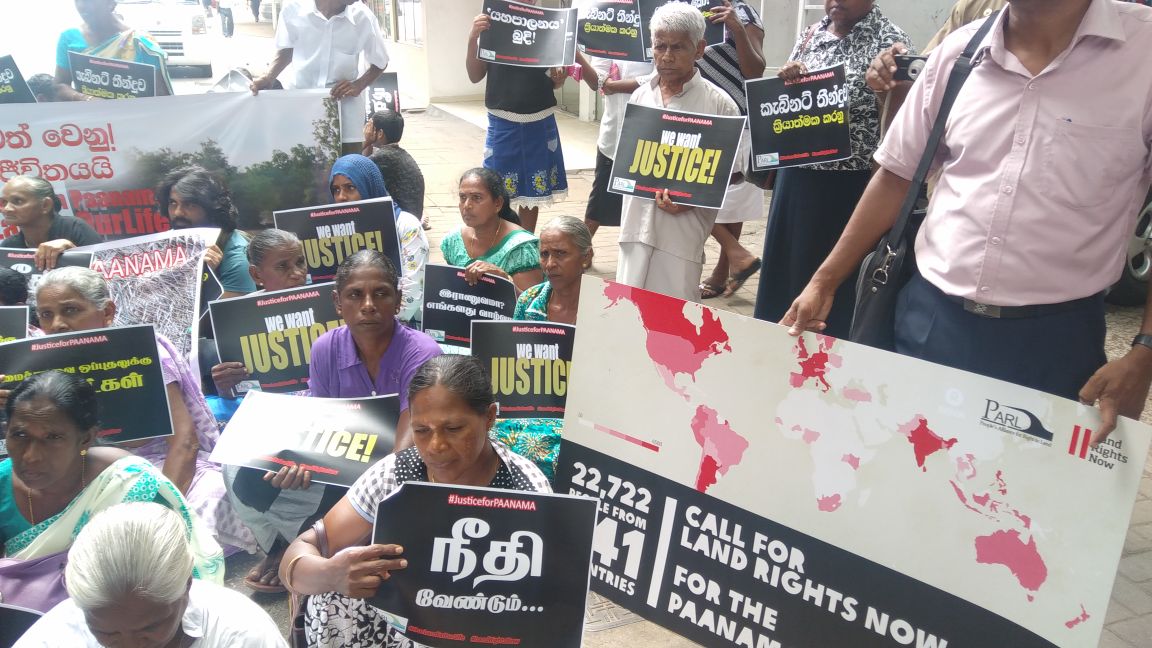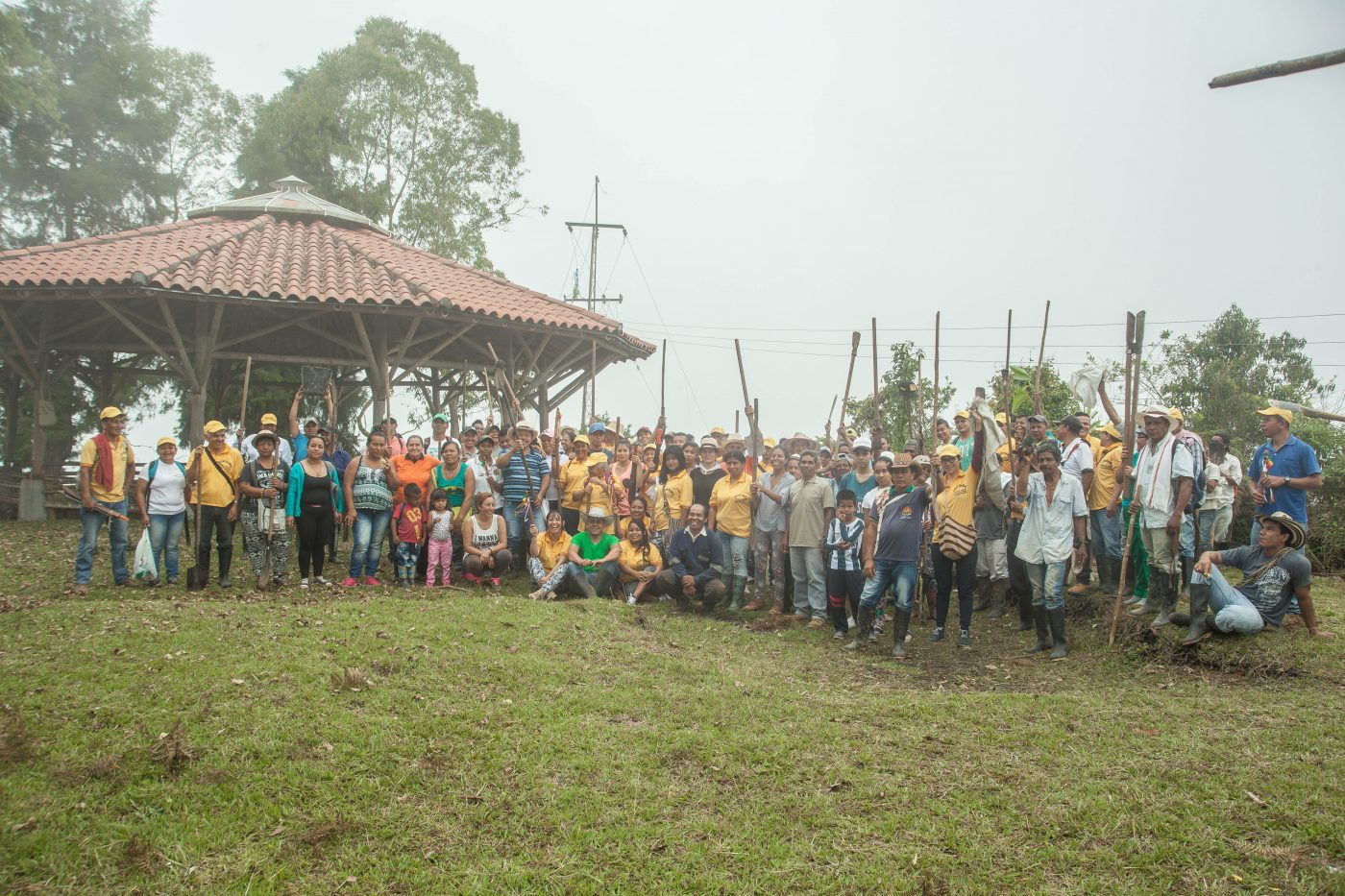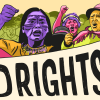According to International Tenure Specialist Liz Alden Wily support for community land rights today is impressive, unprecedented and unexpected. Securing community lands is often now a rational choice for environmental protection and participatory democracy. And yet obstacles remain and millions of communities across the globe remain vulnerable.
This article is the first of a series of updates on the state of community landholding in 2019 by Liz Alden Wily. Here she looks at the good, the bad and the ugly.
First the good.
- Three quarters of countries have accepted community landholding as viable for the 21st century. And not just for Indigenous Peoples but for other communities as well. There has been a major shift in how governments and other actors think about community lands. These lands need securing as property not only to secure modern social justice but also to frame conservation for millions of hectares of forests and other fragile biomes, and as a platform upon which devolved governance across the grassroots can be built.
- Given the growing attention and pressure, community land security is on the public global agenda. Governments, banks and investors are finding it more difficult each year to ignore community rights over lands and resources they want for commercial purposes.
- Legal support for community property is now significant. In 1979 only one or two parliaments recognized communities as landowners in their own right. Today land laws in 73 of 100 countries provide for community property alongside public and private property. The principle is enshrined in some National Constitutions – a significant gain given that these are less easy to amend than laws. Domestic and regional courts are increasingly issuing favorable rulings.
- Registration processes are becoming more agile. New laws more often accept communities as legal persons for purposes of owning lands, removing need for them to expensively and laboriously establish corporate entities in which to vest title. This simplification also lessens justification for governments to retain title on behalf of communities, a provenly risky strategy which has seen millions of hectares sold off by trustees as if they were owners.
- Issue of inheritable and registrable usufructs by communities is a positive trend allowing for individual and family lands within the community property to be secured. Hand in hand with zoning, this enables distinctions to be drawn between communal and private areas, lessening random expansions, triggering investment in family houses and farms, and protecting the shared commons upon which all members depend.
- In recent years there has been a surge of recognition in the climate change mitigation sector that securing community lands is a key route to conservation.
- Good governance of community lands is also rising, newer laws require more inclusive decision-making, and community-regulated elected land committees becoming more popular.

Pastoralists such as this community in Mongolia manage rangelands that cover a quarter of the world’s land surface and play a key role in climate migitation. Photo: Jason Taylor/ILC
The Bad–
- In many countries new laws are not enforced, leaving communities vulnerable. Lack of implementation leads to a lack of safeguards; funding for community land titling is not budgeted by governments and legal directions are ignored. Enacting draft laws and subsequent regulations is also taking longer than in the 1980s and 1990s.
- By no means all political parties or administrators recognize that collective property has a role to play in more equitable growth strategies. Thus, while some governments feel bound to legally acknowledge what exists they pile on the pressure for communities to then subdivide and sell off the property. Engaging the private sector and developing investment strategies around community property is too slowly evolving.
- As a result of decades of denying community lands as owned, and the absence of recorded boundaries, classes of public and community lands regularly overlap. Governments compound this constraint by expanding the scope of what constitutes public land, ahead of registration schemes, or worse, make legal provision on this open-ended, enabling to cherry pick lands in a changeable manner. Land that is forested or has potential for large-scale commercial agriculture are most vulnerable.
- Class formation and the reluctance of traditional authorities to cede allocation powers regularly result in collusive rent-seeking within the community. Shared off-farm lands are most vulnerable to disposal without collective approval. Heavy investment in purchasing unsustainably large herds by non-resident elites is also visibly damaging collective pastoral territories in some arid states.
The Ugly–
- Weak rule of law undermines community land rights, and unfortunately is most active in agrarian economies where land dependence for livelihood and social cohesion and social security are most important for millions of rural poor.
- Restitution is tricky. Lands wrongfully taken by past administrations has weak support in most countries, and is difficult to implement (e.g. South Africa, Colombia, Kenya, Namibia).
- Governments are by nature reluctant to see communities secure rights over lands which they have become accustomed to treating as unowned public lands and which they could more lucratively dispose of. Still surging allocations for mining and fossil fuel extraction, and for agribusiness and supporting infrastructure widely threaten community properties especially where formalization is not underway.

The growing politicization and determination of communities has been key to the increased recognition of collective land rights. Photo: PARL, Sri Lanka.
Conclusion
The extent to which customary and other community-based ownership enjoys support today is impressive, unprecedented, and unexpected. Many of the gains lauded today, have quietly accrued in recent decades. This is a testament to the growing politicization and determination of communities and supporting actors, and to the continuing logic of this form of land and resource ownership.
While a huge ask, already struggling communities need to prevent a rollback of these rights. Desperately needed are the creation of political parties with community-based land rights central to their agenda. Stronger constitutional entrenchment of rights, and sustained initiatives in international law to keep the pressure on. Persistent simplification of community land titling, while an imperfect tool, cannot be escaped in a world where unregistered lands have become so vulnerable to loss. With so many promising victories, communities and their allies must stay the course.
This is the first of a series on global recognition of community land rights by Liz Alden Wily



